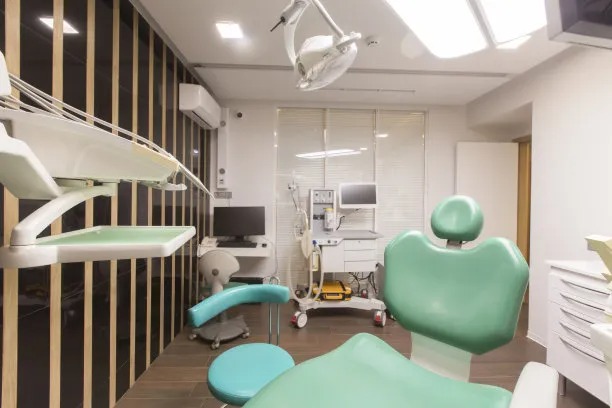The Importance of Proper Techniques When You Need to Extract a Tooth for Dental Health and Recovery
Summary: The extraction of a tooth, while often a necessary procedure for maintaining dental health, requires proper techniques to ensure successful outcomes and recovery. This article explores the significance of utilizing appropriate extraction methods, detailing aspects such as ensuring patient comfort, minimizing complications, enhancing healing, and promoting long-term oral health. Each section presents insights into how strategic approaches during tooth extraction can reduce pain and recovery time, while ultimately benefiting a patient’s overall dental experience. By understanding the nuances involved in tooth extraction, patients and dental professionals alike can foster better health outcomes and encourage proactive dental care practices.
1. Ensuring Patient Comfort During the Procedure

One of the primary reasons for utilizing proper extraction techniques is to ensure the comfort of the patient during the procedure. Dental anxiety is a common issue faced by many, and addressing this concern is critical for a seamless extraction experience. Employing techniques such as effective anesthesia administration can help mitigate pain and ease discomfort throughout the process.
Moreover, utilizing a gentle approach while extracting a tooth reduces excessive manipulation of surrounding tissues. This not only lessens pain but also fosters a more positive experience for the patient. Various methods, such as sedation dentistry or the use of calming environments, contribute significantly to patient comfort.
Additionally, clear communication between the dentist and the patient plays a crucial role. Patients need to be informed about what to expect during the procedure, which can alleviate anxiety and build trust. Proper techniques that prioritize comfort can fundamentally influence the patients view of dental care and encourage regular visits in the future.
2. Minimizing Complications After Extraction
Proper extraction techniques are pivotal in minimizing potential complications that can arise post-procedure. Complications, such as dry socket or prolonged bleeding, can greatly hinder recovery and lead to additional discomfort. By employing proper methods, dentists can significantly mitigate these risks.
For instance, careful assessment of the tooths structure and surrounding anatomy before the extraction helps in planning the procedure meticulously. This foresight allows for strategic approaches during removal, minimizing trauma to the surrounding tissues, thereby greatly reducing the chances of complications.
Moreover, post-operative care instructions are vital for a smooth recovery. Educating patients about the necessary steps to take after extraction, such as diet modifications and oral hygiene tips, can also prevent complications. Proper techniques during extraction extend beyond the procedure itself and encompass comprehensive aftercare to ensure robustness in recovery.
3. Enhancing Healing Through Proper Techniques
The techniques used during a tooth extraction significantly influence the healing time and overall recovery process. When proper methods are employed, patients often experience faster healing, leading to a quicker return to normal activities. This efficiency can be attributed to less trauma inflicted on the gums and jawbone.
Appropriate tools and techniques, such as using dental elevators and forceps designed specifically for extractions, can streamline the process and reduce residual trauma to the surrounding tissue. This precision enhances recovery by allowing the body to focus on healing rather than recuperating from excessive surgical stress.
Moreover, understanding the biological aspects of healing can further inform extraction techniques. For example, respecting the bodys natural healing rhythms through staged extractions or timed interventions can foster better healing outcomes and minimize post-operative complications.
4. Promoting Long-Term Oral Health and Wellbeing
Proper extraction techniques set the stage for better long-term oral health. Extractions can often lead to concerns such as shifting teeth or jaw misalignment if not managed correctly. By utilizing techniques that prioritize post-extraction assessments, dentists can introduce patients to preventive measures, such as orthodontic consultations or implant discussions, to maintain oral integrity.
Furthermore, ensuring that teeth are extracted with minimal trauma allows for a conducive environment for the remaining teeth. Healthy surrounding teeth and gums promote long-term oral health and can even reduce the need for future dental interventions.
Ultimately, the importance of proper extraction techniques extends beyond immediate concerns; it contributes positively to a patient’s overall oral health journey. Establishing a solid foundation post-extraction can encourage patients to engage more actively in their dental health, leading to a lifetime of healthy practices.
Summary:
In summary, the importance of employing proper techniques during tooth extraction cannot be understated. From ensuring patient comfort to minimizing complications and enhancing healing, each aspect plays a crucial role in shaping the patient experience. Furthermore, promoting long-term oral health through appropriate extraction methods lays a foundation for ongoing dental care and proactive practices.
This article is compiled by Vickong Dental and the content is for reference only.



